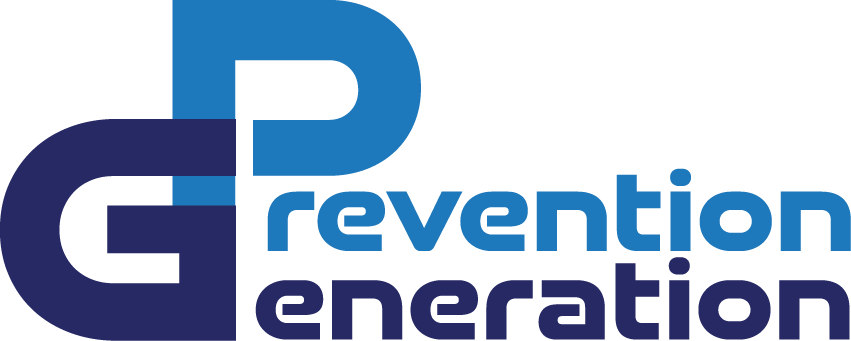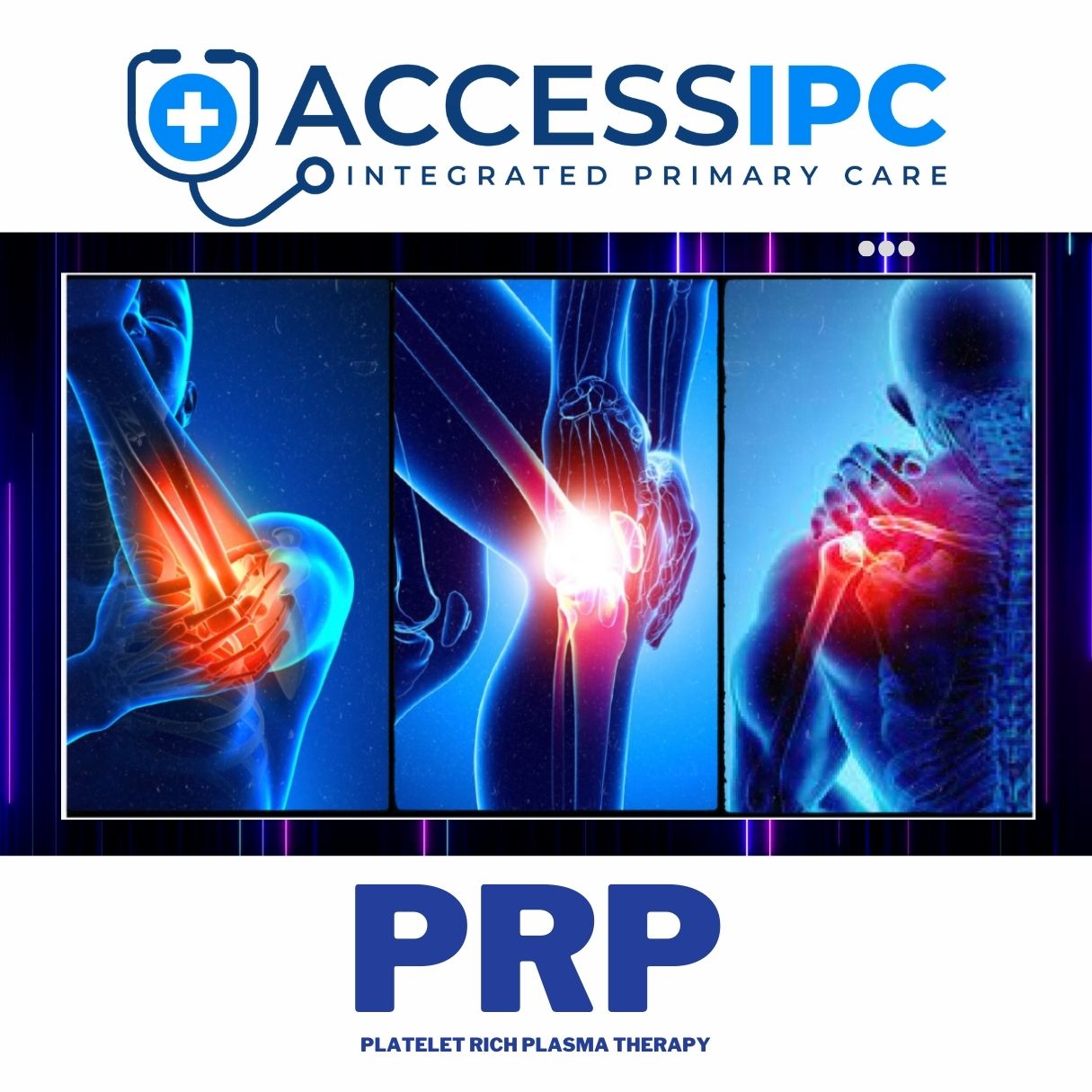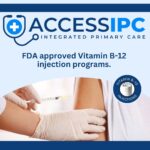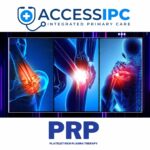In the realm of regenerative medicine, Platelet Rich Plasma (PRP) has emerged as a promising therapy, captivating both medical professionals and patients alike. This innovative treatment involves utilizing the body’s own healing mechanisms to accelerate tissue repair and regeneration.
What is PRP?
PRP is a concentrated solution derived from the patient’s own blood. The process begins with a simple blood draw, followed by the separation of platelets from other blood components through centrifugation. The resulting plasma, rich in platelets and growth factors, is then injected into the target area for treatment.
The Benefits of PRP
- Enhanced Tissue Regeneration: Platelets are packed with growth factors that play a pivotal role in tissue repair and regeneration. By delivering a high concentration of these growth factors directly to the site of injury, PRP promotes accelerated healing of damaged tissues, including tendons, ligaments, muscles, and joints.
- Reduction of Inflammation: In addition to stimulating tissue repair, PRP has anti-inflammatory properties that can alleviate pain and reduce inflammation associated with various musculoskeletal conditions such as osteoarthritis, tendonitis, and sports injuries.
- Minimally Invasive: PRP therapy is a minimally invasive procedure that can be performed in a physician’s office, often within the span of an hour. Unlike traditional surgical interventions, PRP injections require little to no downtime, allowing patients to resume their daily activities shortly after treatment.
- Customized Treatment: PRP therapy is highly versatile and can be tailored to suit the unique needs of each patient. Whether used alone or in conjunction with other treatments, PRP can be adapted to address a wide range of medical conditions, from chronic pain management to aesthetic rejuvenation.
- Natural and Safe: Since PRP is derived from the patient’s own blood, there is virtually no risk of allergic reactions or rejection. This makes PRP a safe and natural alternative to conventional treatments that may involve synthetic drugs or surgical procedures.
Applications of PRP
- Orthopedics: PRP has shown remarkable efficacy in treating orthopedic injuries such as tendon tears, ligament sprains, and cartilage damage.
- Dermatology: PRP is increasingly utilized in dermatology for its ability to promote skin rejuvenation, hair growth, and wound healing.
- Dentistry: In dentistry, PRP is used to enhance bone regeneration in procedures such as dental implants and periodontal surgeries.
Conclusion
Platelet Rich Plasma therapy represents a paradigm shift in regenerative medicine, offering patients a safe, effective, and minimally invasive approach to healing various musculoskeletal and dermatological conditions. With its wide-ranging applications and proven benefits, PRP continues to revolutionize the way we approach medical treatment, paving the way for a future where harnessing the body’s own healing power is the cornerstone of modern medicine.






